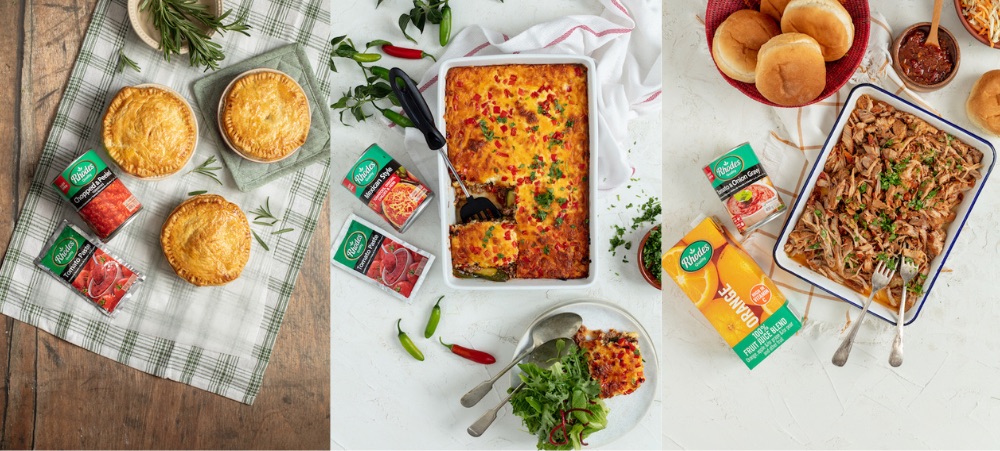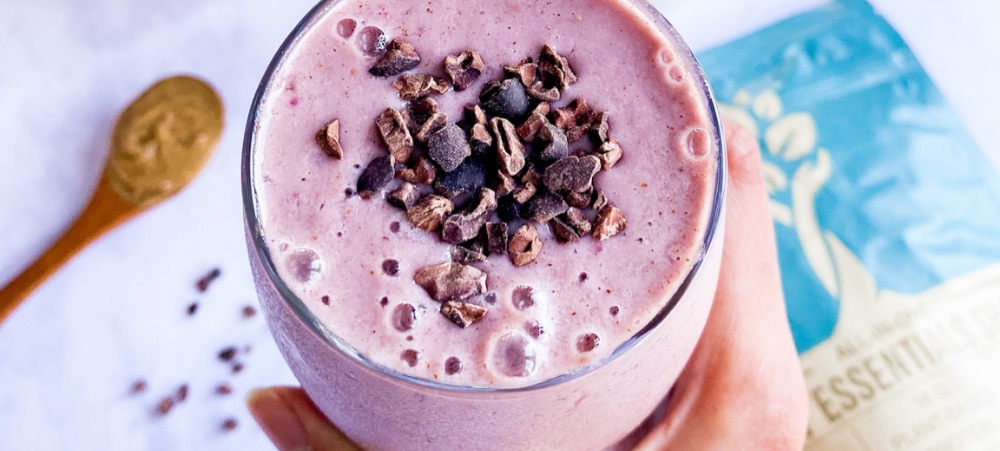
The Do’s and Don’ts of Baby’s First Foods
Your baby is nearing six months and excitement starts to mount as you prepare to introduce solids for the first time. To help you navigate your way through this journey, here are a few top do’s and don’ts. DO: ● Even though milk alone may not meet your baby’s nutritional needs from 6 months, milk is still an important source of nutrients essential for healthy growth. This means that you will continue to offer your baby milk when you start with solid foods. Squish 100% fruit and veg purees are the perfect way to introduce solids to your baby – free from preservatives, flavourings, colourants and starch, the Squish range of fruit and veg purees offer a convenient solution to baby’s weaning needs. ● Look beyond cereal or porridge as a first food. Traditionally, starches like cereals and soft porridge (e.g. rice porridge or maize porridge) are preferred. While these are good options, you can also try other foods like puréed sweet potato, butternut, carrots, apples, pears, pawpaw, and peaches. ● For a convenient way to get your baby to try their first foods, why not try Squish 100% fruit and veg purees? Squish offers a range of 100% fruit and veg purees and pressed 100% fruit and veg juices. The convenient pouches are well-loved amongst mommies and are perfect for babies from the first introduction of solids, right through the weaning process – from babies to toddlers and beyond. ● Prepare your baby’s first food with milk. Regardless of the food you choose, prepare it with baby’s milk to help your baby recognise a flavour that they have been used to for the past 6 months. Offer this food for three days before moving on to another food or changing the flavour in the food, to check that babyyour is not allergic to anything. The Squish range of single fruits like Squish 100% Apple puree or Squish 100% Pear puree are a convenient way to start baby on solids. ● Offer your baby a variety of flavours from early on. It is good practice as you progress on your solids journey, but continually offer baby’s tastebuds new flavours and taste dimensions. Blend starches, fruit, vegetables and flavours in interesting combinations e.g. beetroot and blueberry, cinnamon and pumpkin, oats and apple puree, cauliflower and peach, etc. Squish 100% fruit and veg purees offer a wide range of flavour choices, all ready for you and baby to try, no mess, no fuss. Like Squish Summer Berries, Squish Medley of Fruits, and Squish Mixed Veg, or why not try our NEW Squish apple, sweet potato and sweet corn, or NEW Squish sweet potato, apple and cinnamon puree. ● Let your baby play with food. The eating experience is about more than just taste and the other senses like sight, feeling and smell are equally important. Allow your baby to experiment with the food you are serving by adding some to the tray of the feeding chair or scooping into their little hands. This will encourage your baby to start moving the hand to the mouth to learn the important skill of self-feeding. DON’T: ● Do not introduce solids for the first time when your baby is sick. Illnesses, fever, teething, and runny stomachs are not a good time to try solids as your baby will not be in a happy space. ● Do not limit your baby’s exposure to other textures. While it is important to start with pureed options as your baby first experiences the change in texture from liquid milk, it is easy to get stuck here. Be sure to progress to lumpier foods over time. Go from fully pureed to leaving some lumps, and rather than using a blender roughly mash with the back of a fork. The ability to handle lumpier foods is important long term for your baby’s oral development for speech and can happen quicker than most parents realise. ● Do not prepare baby’s food with added salt and sugar. A baby’s kidneys are not mature enough to manage a lot of salt. There is no need to prepare food with added salt, and it is advised to avoid adding salt when preparing your baby’s meals. There is also no need to add sugar. Let your baby get used to the natural sweetness from foods like fruit and dairy. Rather use a variety of herbs and spices to excite your baby’s taste buds, such as cinnamon, cumin, mint, vanilla essence, etc. ● Do not avoid rejected foods. Studies have shown that it takes up to 15 exposures of a new food before a baby is likely to eat it. To help track this, make a list of foods like fruits, vegetables, protein and starches and place on the fridge. Every time you offer it to your baby, mark it off with a tick (if liked) or cross (if baby spits it out). Simply freeze the pureed food that your baby rejects and try (and try and try) again another time. ● Do not avoid fruit. There is no evidence that babies will not like vegetables if they have already had naturally sweeter fruit. Suitable fruits can be introduced early on, such as apple puree or mashed banana. You can also mix fruits with yoghurt and vegetables, such as carrot and apple puree or sweet potato and pear puree. Do not worry or stress too much, follow your baby’s lead and enjoy these special first moments watching your baby learn and find their way. Whatever it is, remember your baby will let you know when it is ready and you should enjoy the process.


































